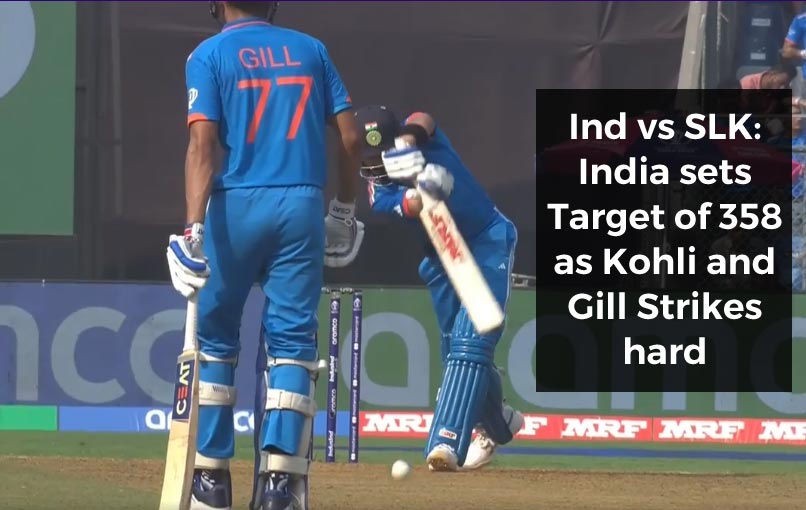ICC introduces sweeping changes to playing conditions across formats
Fri 27 Jun 2025, 01:01:41
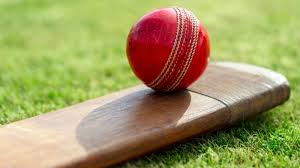
The International Cricket Council (ICC) has approved a host of new playing conditions across men’s international cricket, impacting Tests, ODIs, and T20Is. While some changes have already come into effect during the ongoing 2025–27 World Test Championship (WTC) cycle, those related to white-ball cricket will be implemented starting July 2. Here's a look at the key updates across the formats:
Stop clock comes to Test cricket
Following its implementation in white-ball formats, the ICC has introduced the stop clock in Test matches to address the issue of slow over rates. The fielding side will be required to begin a new over within 60 seconds of the previous one ending. Umpires will issue two warnings for delays, after which a five-run penalty will be imposed for further infractions. The clock will reset every 80 overs. This change has already been applied in the current WTC cycle.
Saliva rule relaxed, ball change no longer automatic
While the ban on the use of saliva to shine the ball remains in place, umpires are no longer required to change the ball immediately if saliva is found on it. This change is designed to prevent teams from deliberately applying saliva to force a ball change. Going forward, the ball will only be replaced if the umpires judge that its condition has been significantly altered. If they deem there is no major impact, the ball will remain in play, and any subsequent exaggerated movement will not justify a replacement. However, a five-run penalty will still be awarded to the batting side.
DRS to consider LBW if catch review is overturned
The ICC has updated the DRS protocol for scenarios where a batter is given out caught but then reviews the decision. If UltraEdge shows no bat contact and the ball has hit the pad, the third umpire will now check for LBW and treat the original decision as “out.” This means that even if ball-tracking returns an “umpire’s call,” the batter will still be given out, unlike in the past when the fallback was automatically “not out.”
Combined reviews to follow order of events
When a delivery results in multiple appeals: for example, an LBW and a run-out, the third umpire will now examine them in the order in
which they occurred. This is a departure from the previous system, where umpire-initiated reviews were prioritised regardless of sequence. Under the new system, if a batter is dismissed on the first appeal, the ball is considered dead, and the second appeal will not be reviewed.
which they occurred. This is a departure from the previous system, where umpire-initiated reviews were prioritised regardless of sequence. Under the new system, if a batter is dismissed on the first appeal, the ball is considered dead, and the second appeal will not be reviewed.
Fairness of catch to be reviewed even if no-ball is called
Under the updated conditions, the third umpire must still assess whether a catch is fair, even if the delivery is eventually deemed a no-ball. If the catch is clean, only the no-ball run is added to the batting team’s score. However, if the catch is not taken cleanly, any runs completed by the batters will also count. This change ensures a more accurate outcome for both teams in such situations.
New sanctions for deliberate short runs
The ICC has introduced stricter sanctions for deliberate short runs, where a batter intentionally fails to make their ground in an attempt to complete multiple runs. In addition to the existing five-run penalty, the fielding side will now be allowed to choose which batter will face the next delivery. The rule still allows for aborted runs, provided there is no intention to deceive the officials or manipulate the scoring.
Full-time injury replacements trial in domestic cricket
In a move that could significantly impact team dynamics, the ICC has approved a trial for full-time player replacements in domestic first-class cricket. This rule allows teams to replace a player who suffers a visible external injury, such as a broken finger or facial injury, with a like-for-like substitute. The replacement will be allowed to fully participate in the match, unlike traditional substitutes. The rule does not apply to muscle strains or internal injuries and will be trialled at the discretion of individual cricket boards.
One-ball rule to return in ODIs after 35 overs
From July 2, ODIs will return to using a single ball from the 35th over onwards. The format had previously used two balls from each end, which limited reverse swing and wear on the ball. The change is expected to bring greater balance between bat and ball, reviving the art of reverse swing and making the latter stages of innings more challenging for batters.
No Comments For This Post, Be first to write a Comment.
Most viewed from Cricket
Most viewed from Sports
AIMIM News
Latest Urdu News
Most Viewed
May 26, 2020
Where should be the burial of the pilgrims martyred in the Saudi Arabia bus accident?
Latest Videos View All
Like Us
Home
About Us
Advertise With Us
All Polls
Epaper Archives
Privacy Policy
Contact Us
Download Etemaad App
© 2025 Etemaad Daily News, All Rights Reserved.

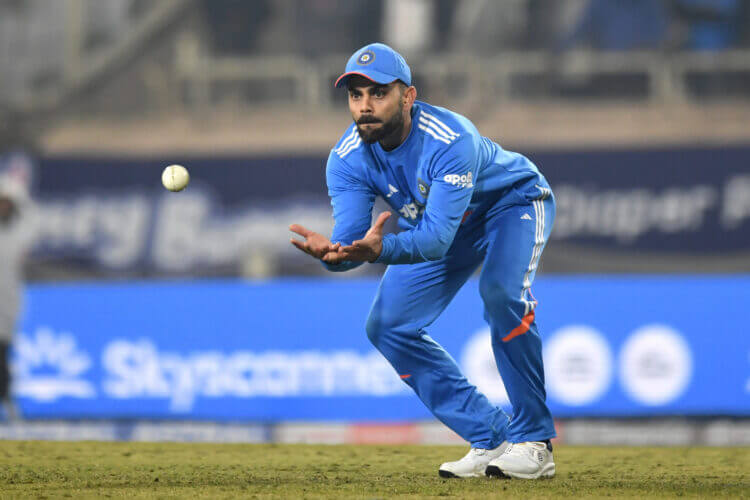

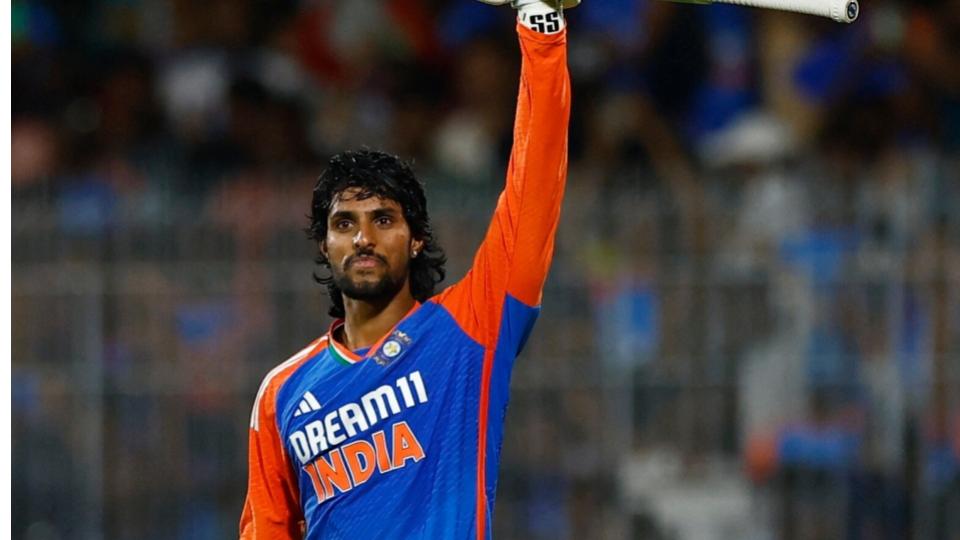

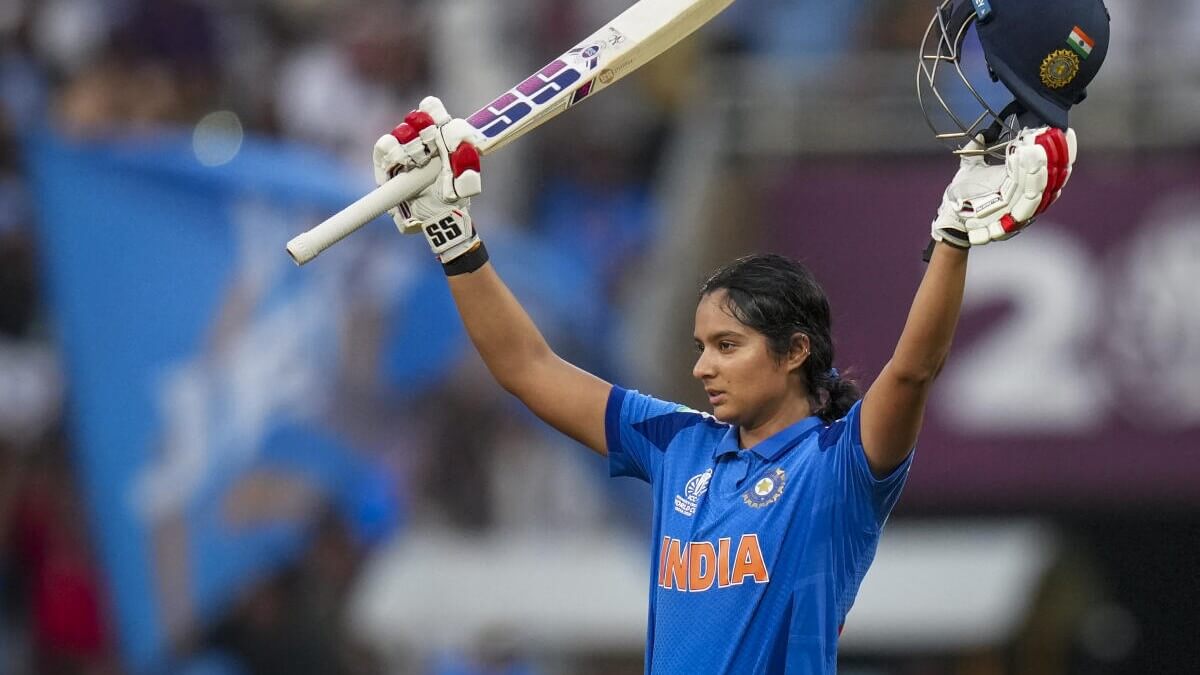


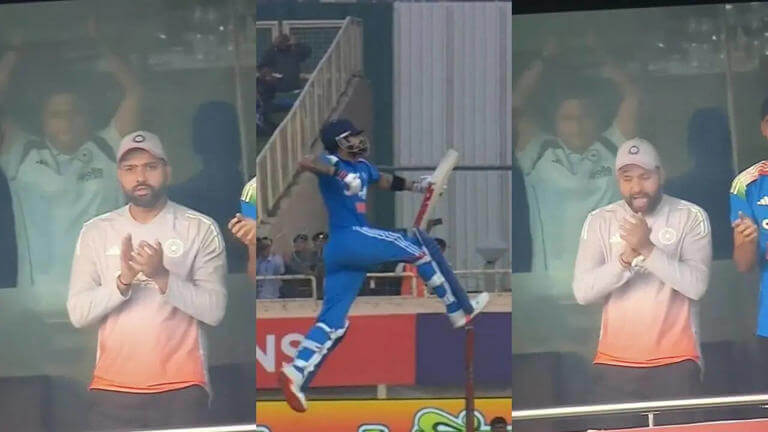

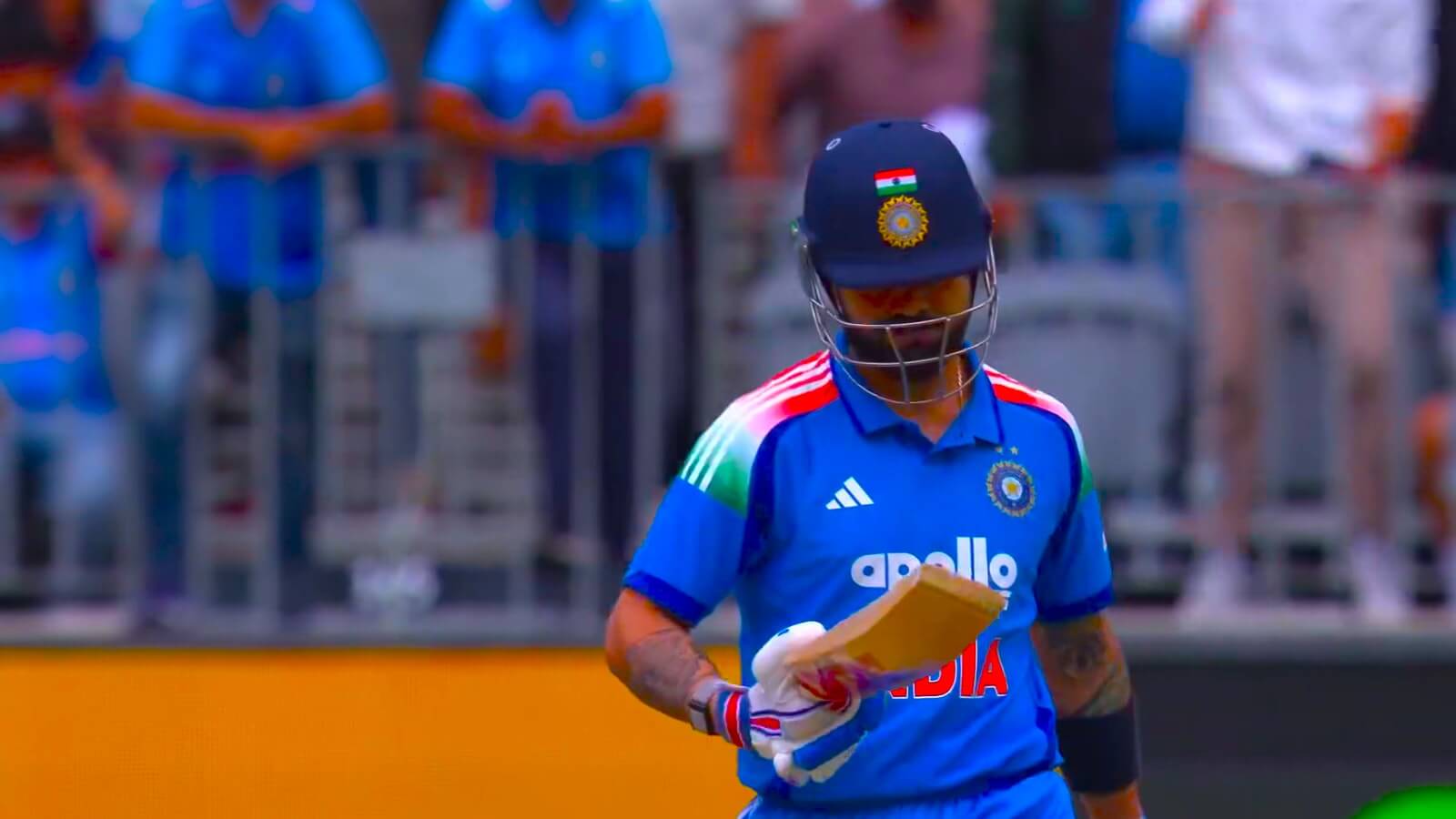


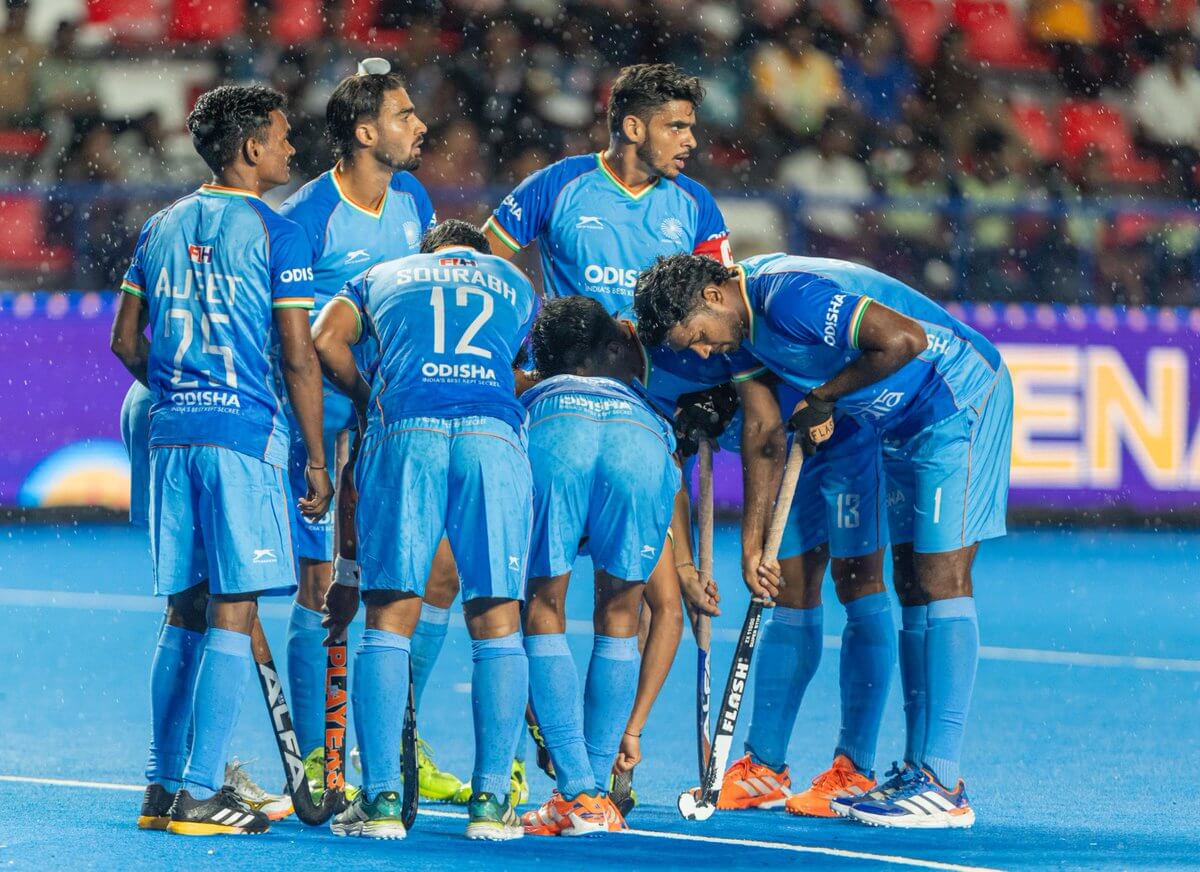


.jpg)


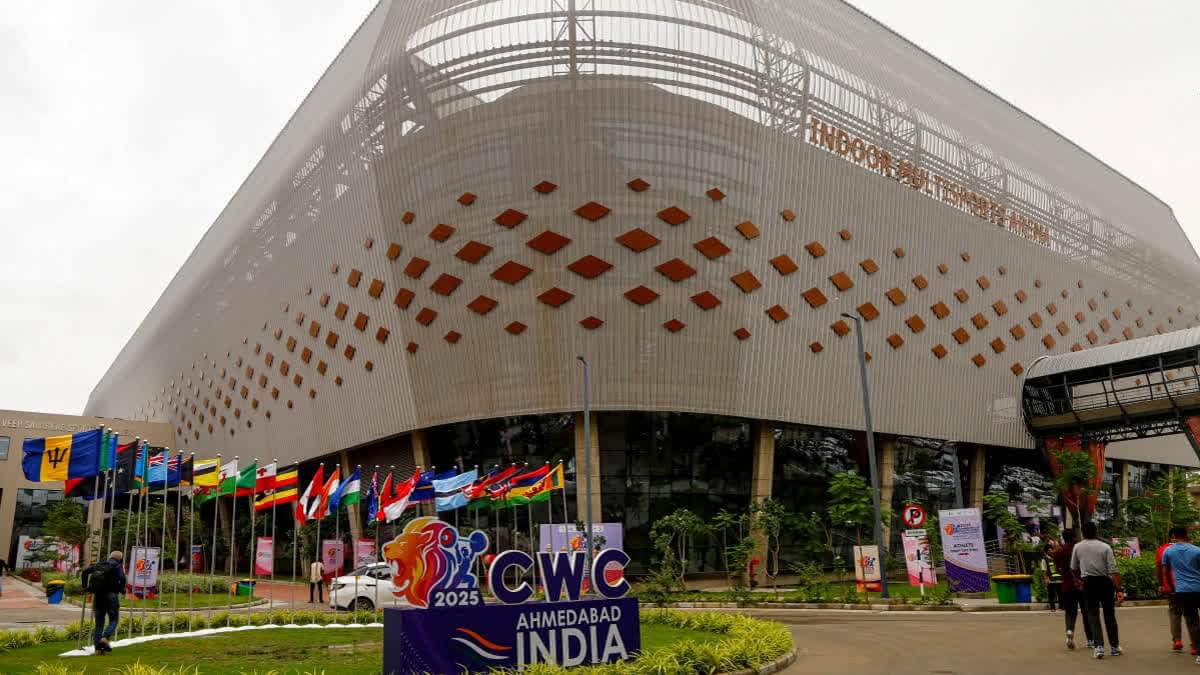

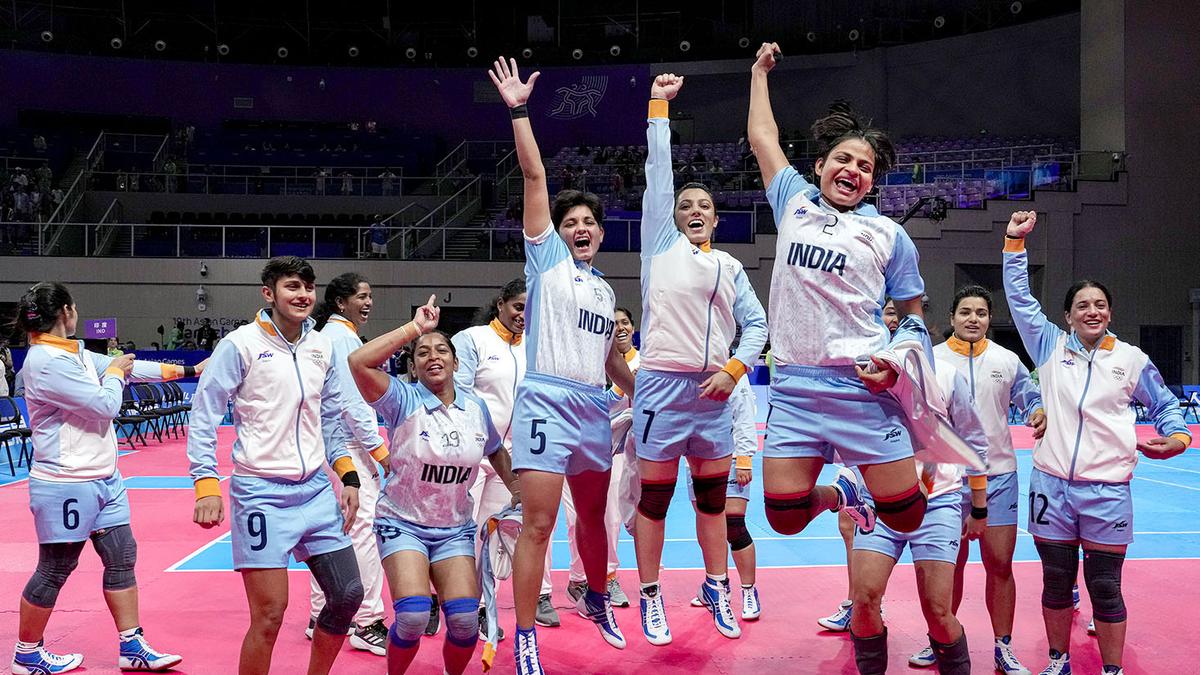

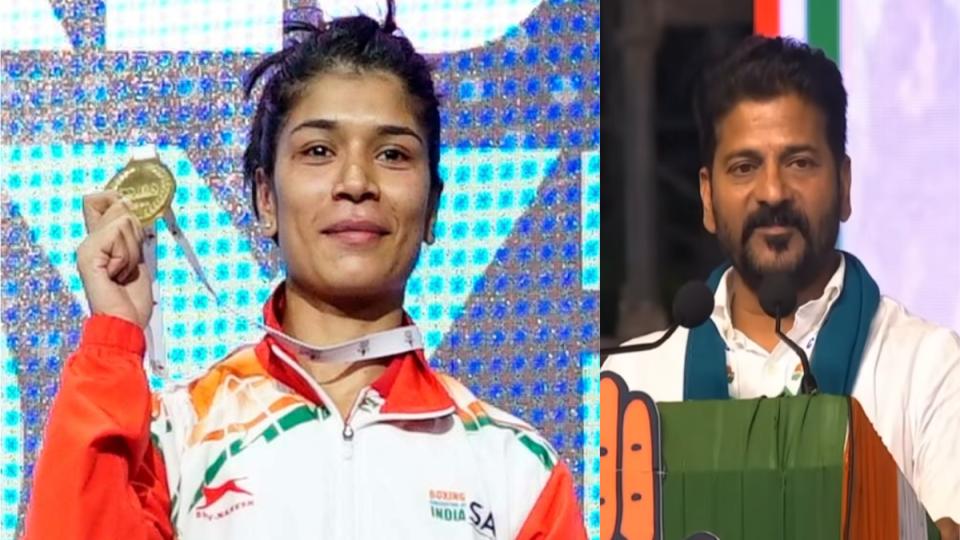
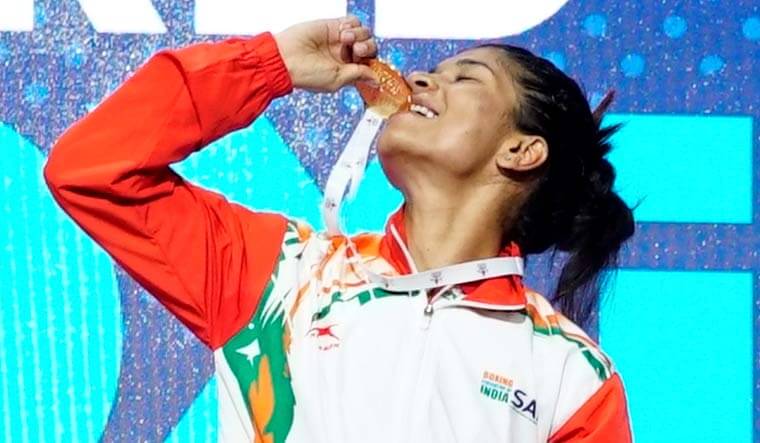












.jpg)
.jpg)
.jpg)

